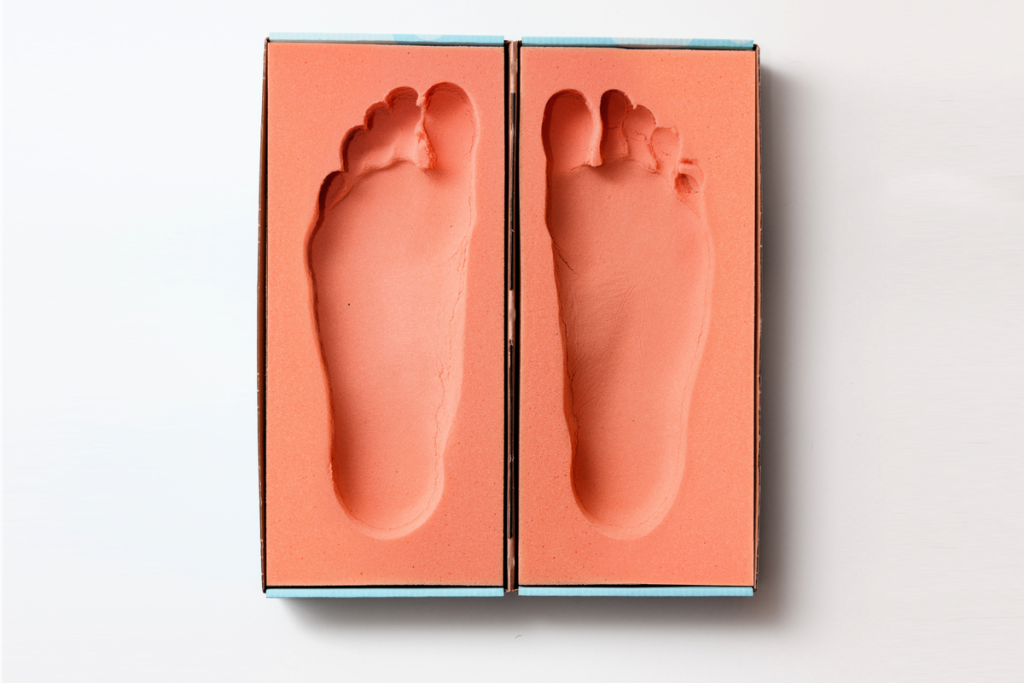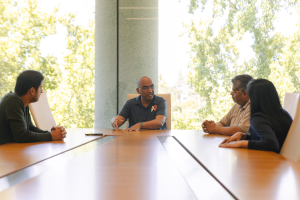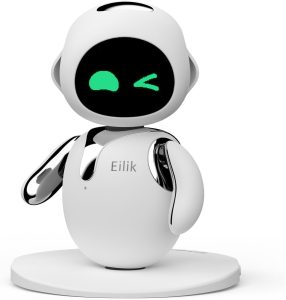Innovative AI Device Detects Heart Failure by Scanning Feet

A new AI-powered device has been developed by Cambridge-based scientists to detect heart issues by scanning patients’ feet. This groundbreaking technology offers continuous monitoring for patients discharged from the hospital to prevent heart attacks. By scanning for foot swelling, a common but often unnoticed symptom of heart failure, this device provides an early warning system. One standout feature is its ability to operate automatically without requiring active participation from the patient.
Peripheral edema, or foot swelling, can appear up to two weeks before a heart attack, making early detection crucial. This new device from Heartfelt Technologies offers continuous, passive monitoring at home, removing the need for patients to remember to check their symptoms or wear specific devices. This approach is designed to be convenient and user-friendly, especially for those who may struggle with traditional monitoring methods.
Detecting Heart Issues Early
Cambridge-based scientists from Heartfelt Technologies have developed an innovative AI device that can detect heart problems from a simple scan of the feet. This technology aims to help patients who have been discharged from the hospital and need continuous monitoring to prevent heart attacks. By scanning the feet for swelling, the device can identify risk factors that might go unnoticed by patients. One standout feature of this device is its ability to operate automatically, requiring no active participation from the patient.
Foot swelling, medically known as peripheral edema, is a common symptom of heart failure. Although this symptom can appear up to two weeks before a heart attack, it often goes unnoticed. Therefore, early detection is crucial. Heartfelt Technologies’ device aims to bridge this gap by providing continuous, passive monitoring at home. This approach is designed to be convenient, removing the need for patients to remember to check their symptoms or wear any specific devices.
How the Device Works
The AI-powered device developed by Heartfelt Technologies is both compact and advanced. It uses an optical sensor and a 3D camera to monitor patients’ feet every time they walk past it. Initially, the device relied on a Raspberry Pi computer, but it has since been upgraded to the more powerful hardware used in Microsoft Kinect for Xbox One cameras. This ensures higher accuracy and reliability in data collection.
The device operates by capturing the volume of the feet and detecting any signs of swelling. It then processes this data using artificial intelligence to identify potential heart issues. This method is not only efficient but also non-intrusive. Patients don’t have to actively engage with the device; they just need to walk past it as they move around their homes.
Moreover, the device has received regulatory approval under the Medical Device Regulation (MDR) in Europe. It is already in use in multiple locations worldwide, testament to its effectiveness and reliability. The continuous and accurate data collection provided by this device allows doctors to make more informed decisions about a patient’s treatment and medication.
Reducing Hospital Readmissions
One of the primary goals of this AI device is to reduce the number of hospital readmissions due to heart failure. Patients who have experienced heart issues often require constant monitoring to ensure they are on the right medication and that their condition is stable. However, traditional methods of monitoring, such as self-weighing, can be inconsistent and unreliable.
Heartfelt Technologies claims that their device can prevent up to three-quarters of all hospital readmissions related to heart failure. By providing consistent and accurate data, doctors can adjust treatments in real-time, ensuring patients remain healthy and out of the hospital. This not only improves the patient’s quality of life but also reduces the burden on healthcare systems.
Dr. Oriane Chausiaux, the chief scientific officer at Heartfelt Technologies, highlighted the device’s passive monitoring feature. “This is designed to avoid patients having to do anything, wear anything, or remember anything,” she said. “We believe that this is the only viable approach for monitoring casually compliant patients.” The convenience and effectiveness of this device could revolutionize how heart failure patients are monitored post-discharge.
Advancements in AI and Telemonitoring
AI and telemonitoring technology have come a long way in recent years. The development of Heartfelt Technologies’ device is a perfect example of how these advancements can be applied to healthcare. By leveraging artificial intelligence, the device can analyze large amounts of data quickly and accurately. This capability is crucial for early detection and intervention, which can save lives.
Telemonitoring allows for continuous monitoring without the need for patients to be confined to a hospital. This freedom can significantly improve the quality of life for patients, allowing them to recover in the comfort of their own homes. Meanwhile, doctors can receive real-time updates on their patients’ conditions, enabling them to provide timely and appropriate care.
The use of advanced hardware, such as the same technology found in Microsoft’s Kinect, ensures that the device can capture high-quality data. This precision is vital in detecting the subtle changes that may indicate a potential heart issue. The combination of AI and cutting-edge hardware makes this device a powerful tool in the fight against heart disease.
Practical Implementation and Future Prospects
The practical implementation of Heartfelt Technologies’ device is straightforward. Being the size of a shoebox, it can be easily placed in a patient’s home without causing any inconvenience. Users do not need to interact with it directly, as it passively gathers data. This ease of use is particularly beneficial for elderly patients or those with mobility issues.
Looking forward, the potential applications of this technology are vast. As AI continues to evolve, we can expect even more accurate and reliable health monitoring devices. The integration of such technologies into everyday healthcare could lead to significant improvements in patient outcomes and overall public health.
Heartfelt Technologies is already exploring additional features and enhancements for their device. Future updates could include the ability to monitor other vital signs or integrate with other health monitoring systems. These advancements will further solidify the role of AI and telemonitoring in modern medicine.
Patient and Doctor Feedback
Feedback from both patients and doctors has been overwhelmingly positive. Patients appreciate the non-intrusive nature of the device, as it seamlessly fits into their daily routines. The ease of use and the fact that they don’t have to remember to do anything makes it a popular choice among users.
Doctors have also praised the device for its accuracy and reliability. The continuous flow of high-quality data allows them to make better-informed decisions regarding their patients’ treatments. This can lead to more personalized care and better health outcomes.
Conclusion
The AI device developed by Heartfelt Technologies represents a significant advancement in the field of telemonitoring and heart health. With its ability to detect heart issues early and reduce hospital readmissions, it has the potential to change the way heart failure patients are monitored and treated. As technology continues to improve, we can expect even more innovative solutions to emerge, further enhancing patient care and outcomes.
The AI device from Heartfelt Technologies is a game-changer in heart failure monitoring. With its automatic and passive operation, it offers a reliable and convenient way to catch potential heart issues early. This innovation can significantly reduce hospital readmissions and improve patient outcomes. As AI and telemonitoring technologies advance, we can expect even more innovative solutions to emerge in healthcare.
In summary, Heartfelt Technologies’ AI device provides a comprehensive and effective solution for monitoring heart failure. Its user-friendly design and cutting-edge technology make it a valuable tool for both patients and healthcare providers. With continuous advancements, this technology is poised to revolutionize heart care and set new standards in medical monitoring.





